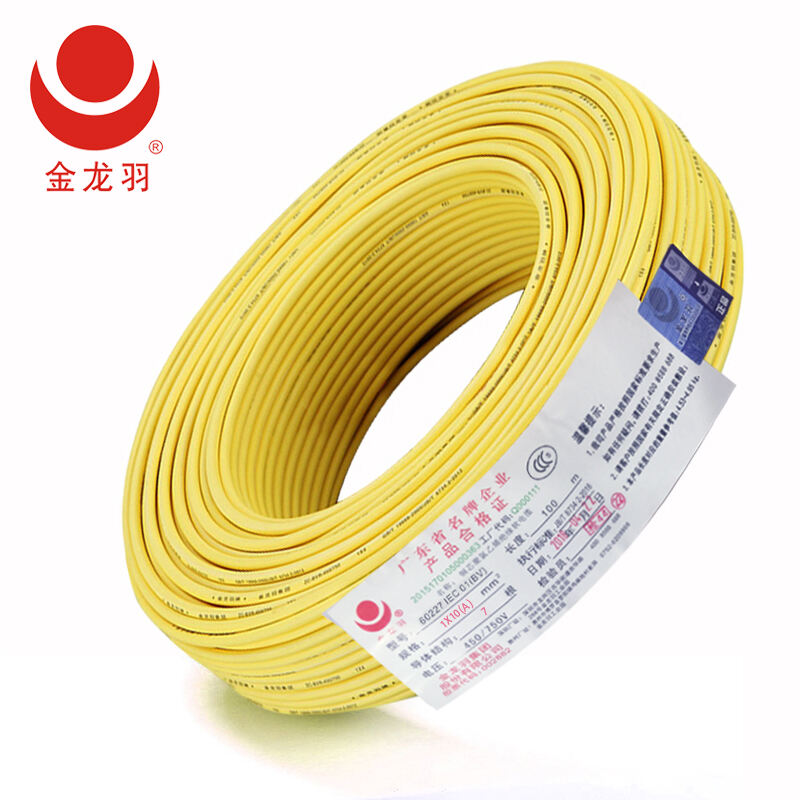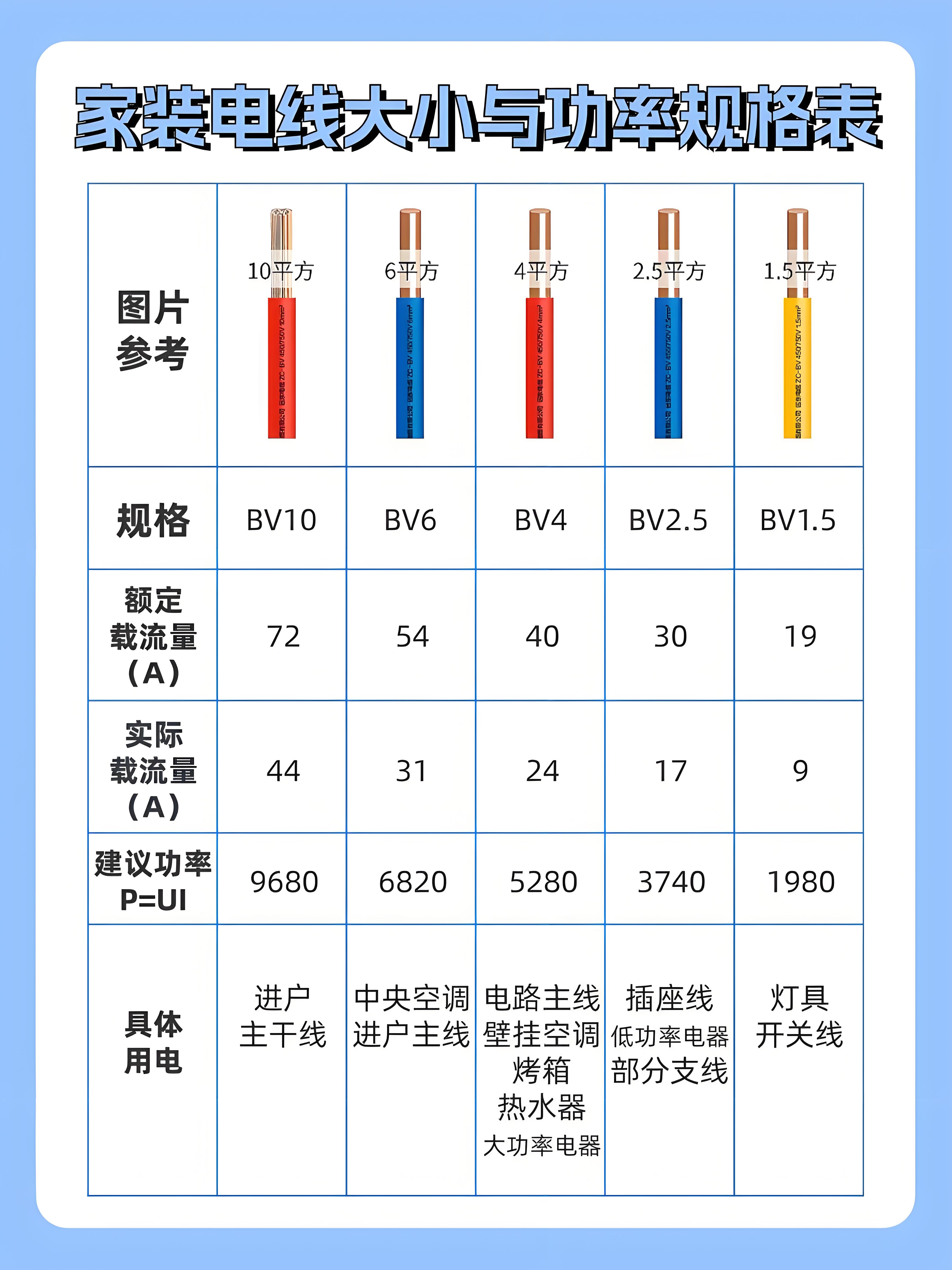Safety standards for wires are established to safeguard against electrical hazards and ensure the reliability of electrical systems. These standards cover various aspects, starting with material specifications, mandating the use of high-quality conductors, such as copper or aluminum, with proper conductivity and resistance to corrosion. Insulation materials must meet strict requirements for electrical resistance, flame retardancy, and durability to prevent electrical leakage and fire risks. For example, in many regions, wires used in residential and commercial buildings are required to be flame-retardant or even fire-resistant to limit the spread of fire in case of an electrical malfunction. Installation standards dictate proper routing, grounding, and connection methods to prevent electrical shocks and short circuits. Wires must be installed with appropriate clearances from combustible materials and other electrical components. Additionally, there are standards for cable markings, ensuring that information such as voltage ratings, conductor size, and insulation type is clearly and accurately labeled for easy identification and compliance verification. Regular testing and certification processes, conducted by recognized authorities, are integral to maintaining these safety standards, ensuring that wires meet the required performance and safety benchmarks throughout their lifecycle.


